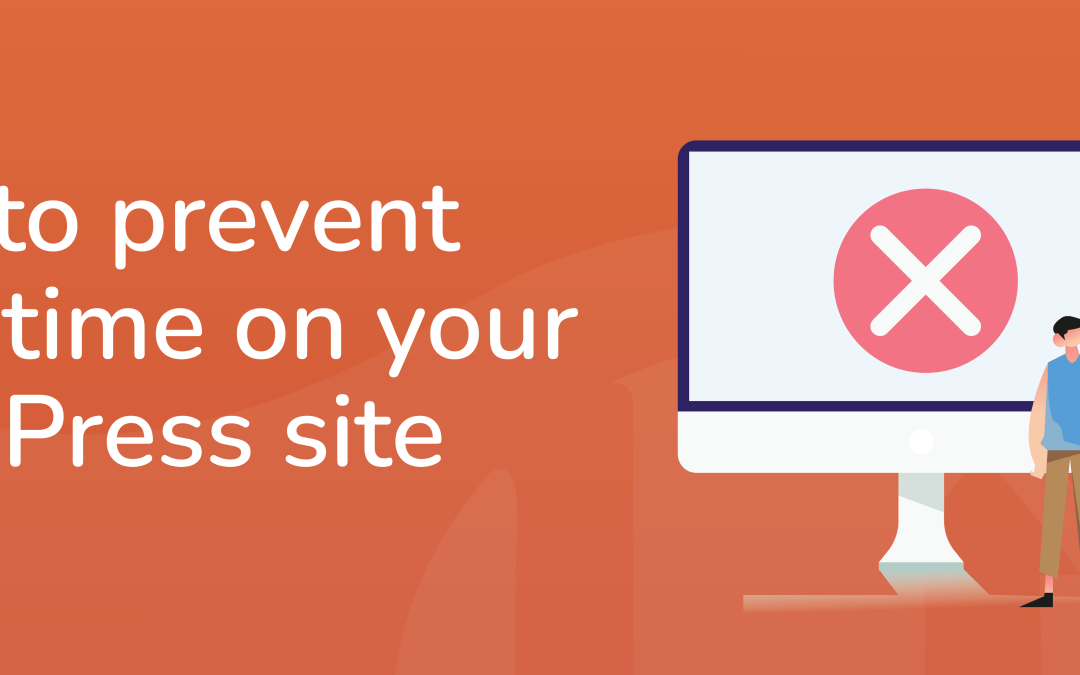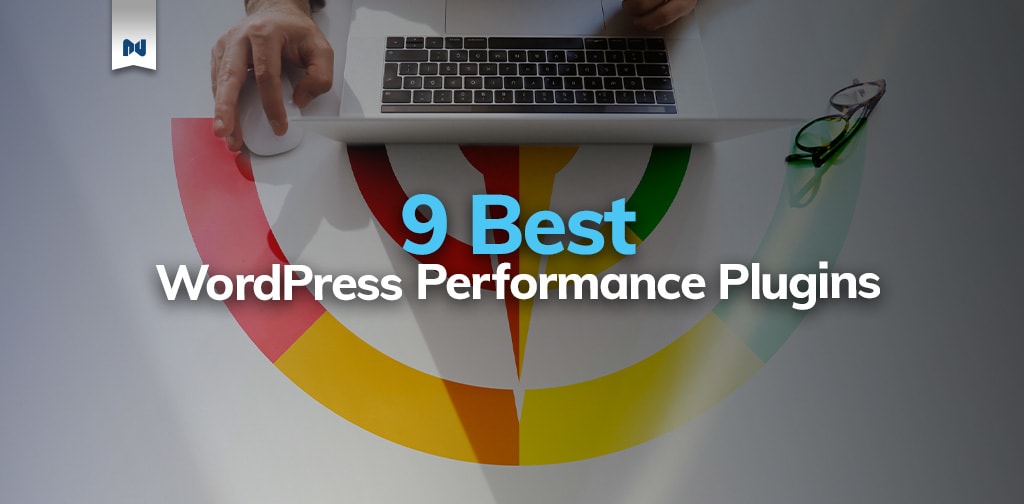Keep your WordPress plugins updated by enabling automatic updates and regularly checking for new versions. This ensures optimal performance and security.
Maintaining updated WordPress plugins is crucial for your website’s performance and security. Outdated plugins can slow down your site and expose it to vulnerabilities. Regular updates provide new features, bug fixes, and enhanced security measures. Enabling automatic updates simplifies the process and ensures you don’t miss critical updates.
Always backup your site before updating to prevent data loss. Regularly visiting the plugins section in your WordPress dashboard helps you stay informed about available updates. Keeping plugins current is a simple yet vital task to ensure your website remains fast, secure, and efficient.

Importance Of Plugin Updates
Keeping your WordPress plugins updated is crucial. It ensures your website runs smoothly and securely. Regular updates offer many benefits. They include security enhancements, new features, and bug fixes. This guide explains why plugin updates matter.
Security Enhancements
Outdated plugins can be risky. Hackers often target old versions with known vulnerabilities. Updating plugins helps block these threats. Developers fix security issues in new versions. It keeps your site safe from attacks.
New Features
Plugin updates often include new features. These features can improve your site’s functionality. They might offer better user experiences. New features can also keep your site competitive. Without updates, you miss out on these advantages.
Bug Fixes
All software has bugs. Developers identify and fix these over time. Updating plugins ensures you benefit from these fixes. It reduces errors and glitches on your site. Fewer bugs mean a better experience for your visitors.

Checking For Updates
Keeping your WordPress plugins updated is crucial for optimal performance. Regular updates ensure security, functionality, and compatibility. This section will guide you through the process of checking for updates.
Manual Checks
Manually checking for updates is a straightforward process. Follow these steps to check for updates manually:
- Log in to your WordPress dashboard.
- Navigate to the Plugins menu.
- Look for any plugins with an update notification.
- Click on Update Now to install the latest version.
Manual checks allow you to control updates. This ensures you are aware of all changes.
Automatic Notifications
WordPress can automatically notify you of available updates. This feature helps you stay on top of plugin maintenance without constant manual checks.
To enable automatic notifications, follow these steps:
- Log in to your WordPress dashboard.
- Go to Settings and then click on General.
- Scroll down to Email Address and ensure your email is correct.
- Save changes to receive update notifications.
Automatic notifications save time and ensure your site remains secure and efficient.
Both manual checks and automatic notifications are essential for maintaining your WordPress site. Regular updates keep your site secure and running smoothly.
Backup Before Updating
Keeping your WordPress plugins updated ensures optimal performance. But before updating, always backup your site. This precaution protects against data loss and site crashes.
Importance Of Backups
Backups are essential for maintaining a healthy website. Updates can sometimes cause conflicts or errors. A backup allows you to restore your site quickly if something goes wrong.
Without a backup, you risk losing important data and settings. This can lead to downtime and loss of revenue. Regular backups save you from these potential problems.
How To Backup
Creating a backup is simple and can be done in multiple ways. You can use WordPress plugins, your hosting provider, or manual methods.
| Method | Steps |
|---|---|
| Using Plugins |
|
| Hosting Provider |
|
| Manual Backup |
|
Remember to verify your backup before proceeding with any updates. This ensures the backup is complete and usable. Regularly schedule backups to maintain your site’s integrity.
Updating Plugins
Keeping your WordPress plugins updated is crucial for optimal performance. Outdated plugins can slow down your site, create security risks, and cause functionality issues. This section will guide you on how to update your plugins effectively.
Manual Updates
Manual updates give you control over which plugins to update and when. Follow these steps:
- Log in to your WordPress dashboard.
- Navigate to Plugins in the left-hand menu.
- Check for available updates under each plugin.
- Click the Update Now button next to the plugin name.
Manual updates allow you to test each plugin after updating. This helps ensure compatibility and functionality.
Automatic Updates
Automatic updates can save you time and effort. To enable automatic updates:
- Go to your WordPress dashboard.
- Click on Plugins in the left-hand menu.
- Find the plugin you want to auto-update.
- Click on Enable Auto-Updates next to the plugin name.
Automatic updates are convenient but come with risks. Sometimes, a plugin update may cause conflicts. Always back up your site regularly to avoid issues.
Compatibility Issues
Keeping your WordPress plugins updated is essential. It ensures your site runs smoothly. But, you may encounter compatibility issues. These issues arise when plugins conflict with each other. They can also clash with your WordPress theme or core files. Identifying and resolving these conflicts is key.
Identifying Conflicts
Identifying conflicts starts with observing your site. Is it running slower? Are there unexpected errors? If yes, a plugin conflict might be the cause.
Use the following steps to identify conflicts:
- Deactivate all plugins.
- Activate them one by one.
- Check your site after each activation.
- Note the plugin that causes the issue.
You can also use debugging plugins. These tools help locate conflicts faster.
Resolving Issues
Once you identify the conflicting plugin, take these steps to resolve the issue:
- Check for plugin updates.
- Read the plugin documentation.
- Contact the plugin developer for help.
- Search for alternative plugins.
If the conflict persists, consider professional help. Experts can fix these issues without much hassle.
A table can help you track the plugin status:
| Plugin Name | Status | Action Taken |
|---|---|---|
| Plugin A | Active | Updated |
| Plugin B | Inactive | Replaced |
| Plugin C | Active | Conflict Resolved |
Keeping a log helps maintain a smooth-running site. Regular updates and checks prevent future conflicts.
Testing After Updates
Keeping your WordPress plugins updated is crucial for optimal performance. But, testing after updates is equally important. This ensures that everything works smoothly and efficiently. In this section, we’ll cover the essentials of testing after updates.
Functionality Testing
After updating your plugins, first, perform functionality testing. This ensures that the plugin works as expected. Follow these steps:
- Navigate to the plugin’s settings page.
- Check all available options and features.
- Ensure that forms, buttons, and links work properly.
- Test the plugin on different devices and browsers.
Document any issues you find. This helps in troubleshooting and fixing them promptly.
Performance Testing
Next, carry out performance testing. This ensures that the plugin does not slow down your site. Follow these steps:
- Measure your site’s loading speed before the update.
- Update the plugin.
- Measure the loading speed again.
- Compare the results.
Use tools like GTmetrix or Google PageSpeed Insights for accurate measurements.
If the updated plugin affects the performance, consider optimizing it. You might also look for alternatives that perform better.
Rollback Plan
Keeping your WordPress plugins updated ensures smooth performance. But sometimes updates cause issues. That’s why having a rollback plan is crucial. A rollback plan helps you revert to previous plugin versions. This ensures your website remains functional and stable. Here’s how to manage rollbacks effectively.
When To Rollback
Rollback when an update causes conflicts or breaks functionality. It’s also necessary if a plugin update creates security vulnerabilities. Always monitor your site after each update. If you spot issues, consider rolling back.
| Signs You Need to Rollback | Actions |
|---|---|
| Website crashes | Rollback immediately |
| Broken features | Rollback to the last stable version |
| Security alerts | Rollback and update security settings |
How To Rollback
Follow these steps to rollback a plugin:
- Backup your website: Always backup before making changes.
- Deactivate the plugin: Go to Plugins > Installed Plugins. Find the plugin and click deactivate.
- Install a rollback plugin: Use a plugin like WP Rollback.
- Select the previous version: Open the rollback plugin and choose the version you need.
- Test your site: Ensure everything works as expected.
By following these steps, you can keep your site running smoothly. Regularly check for updates and monitor your plugins. This ensures optimal performance and security.
Using Update Management Tools
Keeping your WordPress plugins updated ensures your site runs smoothly. Using update management tools can make this task easier and more efficient. These tools help automate updates, saving you time and reducing the risk of errors.
Popular Tools
Several tools are popular for managing plugin updates:
- WP-CLI: A command-line tool that allows you to manage your WordPress site.
- ManageWP: This tool offers one-click updates and various other features.
- iThemes Sync: Allows you to update plugins on multiple sites from one dashboard.
Benefits Of Tools
Using update management tools offers several benefits:
- Time-Saving: Automates updates, freeing up your time.
- Consistency: Ensures all plugins are updated consistently.
- Security: Keeps your site secure by promptly applying updates.
Here is a comparison table of the popular tools:
| Tool | Features | Price |
|---|---|---|
| WP-CLI | Command-line management, scriptable | Free |
| ManageWP | One-click updates, backups | Free & Paid |
| iThemes Sync | Multi-site updates, uptime monitoring | Free & Paid |
Using these tools can improve your workflow and keep your site running optimally. Regular updates are vital for security and performance.

Frequently Asked Questions
How Often Should I Update WordPress Plugins?
You should update WordPress plugins as soon as updates are available. Regular updates ensure security, performance, and compatibility improvements.
What Happens If I Don’t Update Plugins?
Not updating plugins can lead to security vulnerabilities, poor performance, and potential compatibility issues with your WordPress site.
Can Outdated Plugins Slow Down My Site?
Yes, outdated plugins can slow down your WordPress site. Keeping them updated ensures optimal performance and speed.
How Do I Know When Plugins Need Updates?
You’ll see update notifications in your WordPress dashboard. Always check this section regularly to keep plugins updated.
Conclusion
Keeping your WordPress plugins updated is crucial for optimal performance. Regular updates ensure security, new features, and bug fixes. Always monitor your plugins and update them promptly. This simple practice boosts your site’s speed and reliability. Stay proactive, and your WordPress site will thrive.
Happy blogging!
